Korean-Russian artist who helped Pyongyang restore art academy after war
MMCA holds retrospective of Pen Varlen, Korean-Russian master of socialist realism
By KH디지털2Published : March 7, 2016 - 17:12
Russian-Korean artist Pen Varlen played a crucial role in helping Pyongyang reestablish its art academy from the ashes of the Korean War. This at a time when North Korea was attempting to establish its own propaganda-art style under “juche,” or “self-reliance,” the official ideology of the isolated communist state.
Pen, an important figure in Soviet socialist realism art, is currently the subject of a retrospective at the National Museum of Modern and Contemporary Art’s Deoksugung museum, running until May 8.
Pen, an important figure in Soviet socialist realism art, is currently the subject of a retrospective at the National Museum of Modern and Contemporary Art’s Deoksugung museum, running until May 8.
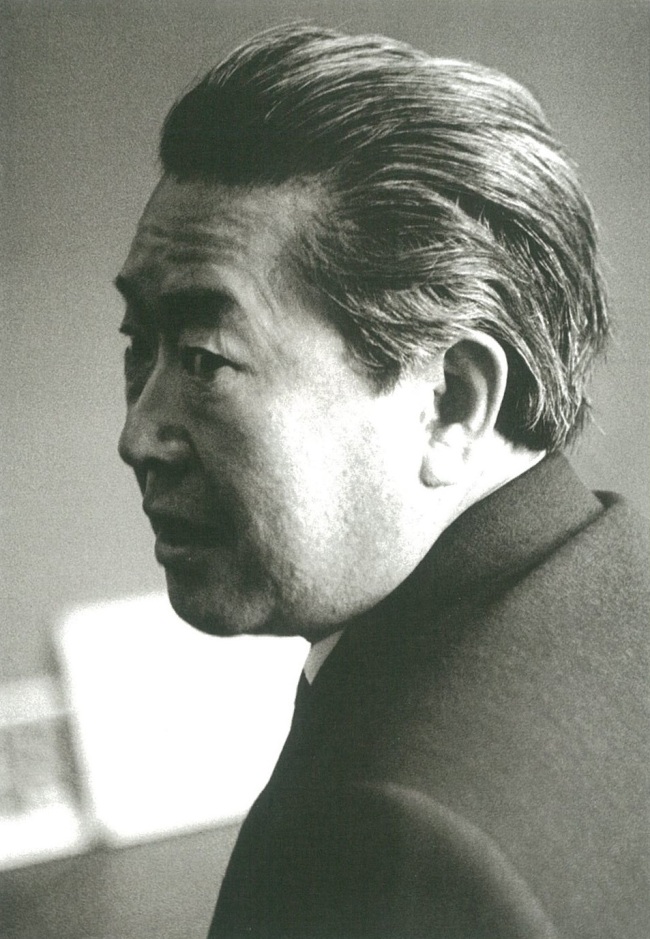
The Pen retrospective is the first of a three-part series of shows that the MMCA has put together to highlight three Korean art masters whose centennials are marked this year: Lee Jung-seop, Yoo Young-kuk and Pen.
Pen was born to Korean parents in Primorsky Krai in Russia, a region with one of the largest Korean settlements outside Korea during the 1910-45 Japanese colonial rule. He is virtually unknown in Korean art circles, as his artistic life took place in the former Soviet Union and briefly in North Korea. In the 20th century, he observed major historic upheavals in the two communist states.
His parents were forcibly resettled in Central Asia as part of Stalin’s plan to deport minority groups to remote areas in 1937. However, Pen was able to continue studying at the prestigious art school Ilya Repin Leningrad Academy of Painting, Sculpture and Architecture in what is now St. Petersburg, Russia.

In July 1953 the Soviet cultural ministry sent Pen to North Korea to help the state reestablish the Pyongyang University of Fine Arts, which was badly destroyed during the Korean War. About 90 percent of buildings and social infrastructure in the North Korean capital of Pyongyang were destroyed during the 1950-1953 Korea War.
Pen’s links to North Korean art are highlighted at the current MMCA exhibition.
“Pen’s life and art penetrate not only the modern history of Korea, such as colonization, division, war and ideological conflicts, but also that of Russia, from the revolution to World War II and the Cold War,” said Park Hye-sung, the exhibition’s curator.
A section is devoted to the 15-month period during which Pen stayed in North Korea. He helped the top art academy there draw up an art curriculum, build classrooms equipped with basic art materials and train art teachers.

“At that time, North Korea had not established any specific principles of Kim Il-sung that applied to diverse academic fields. It had to rely on the Soviet Union’s socialist principles and practices in restoring the state. Pen was the channel between the Soviet Union and North Korea in the field of art,” explained Park.
“His connection with North Korea also serves as an important piece of the puzzle in the history of modern art in Korea, offering a glimpse of the unknown aspects related to North Korea.”
In addition to helping Pyongyang build its art institution, Pen became acquainted with many famed North Korean artists, such as dancer Choi Seung-hee, writer Han Seol-ya and actress Park Young-shin. He painted their portraits.
“He continued to keep in touch with them even after he returned to Russia,” said Moon Young-dai, the art critic who initiated the Pen retrospective. There are letters exchanged between Pen and North Korean artists on display at the exhibition.
In a letter to Pen dated Nov. 15, 1954, Han wrote: “Our artist colleagues frequently talk about you and your wife and follow your teachings (after you left) and are preparing to present good works for the 10th anniversary of the independence (from Japanese colonial rule).”
Pen, however, could not return to North Korea for unknown political reasons. Feeling homesick for North Korea, he painted many imaginary landscapes of the place, including Mount Geumgangsan and rural towns.

“He missed Koreans very much. Shortly before he died, he really wanted to meet Korean people,” said Moon.
The exhibition was put together by Moon and Pen’s family in Russia. Moon, author of “The Genius Artist Pen Varlen We Have Lost,” has devoted his life to studying the life and art of Pen. He made frequent visits to Russia to meet the artist’s family and persuaded them to introduce Pen’s works to Korean audiences.
The exhibition runs until May 8 at the Deoksugung branch of the MMCA. For more information, visit www.mmca.go.kr.
By Lee Woo-young (wylee@heraldcorp.com)


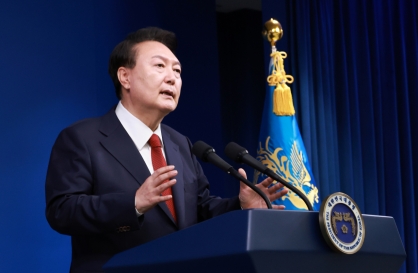


![[K-pop’s dilemma] Can K-pop break free from ‘fandom’ model?](http://res.heraldm.com/phpwas/restmb_idxmake.php?idx=644&simg=/content/image/2024/05/09/20240509050541_0.jpg&u=20240509173751)
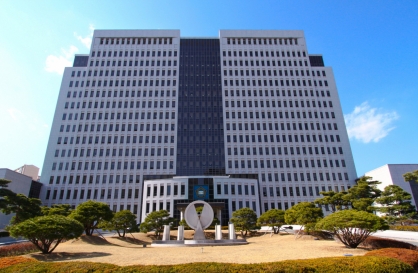

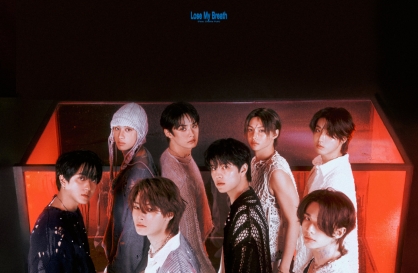

![[News Analysis] Yoon's first 2 years marked by intense confrontations, lack of leadership](http://res.heraldm.com/phpwas/restmb_idxmake.php?idx=644&simg=/content/image/2024/05/09/20240509050612_0.jpg&u=20240509233252)
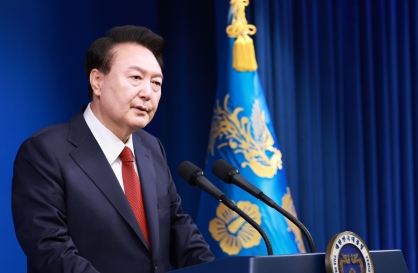


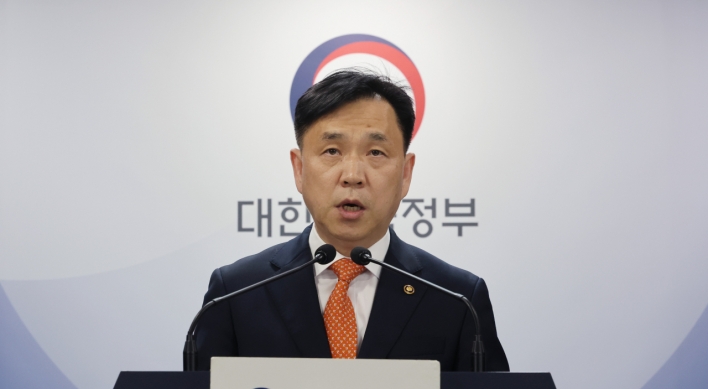


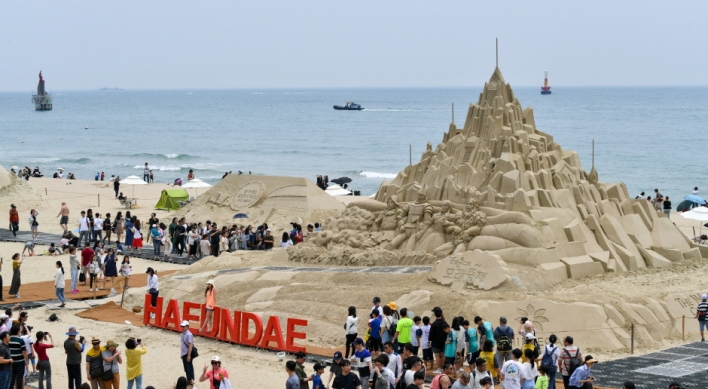
![[Today’s K-pop] NCT’s Mark to drop 1st solo album in February 2025](http://res.heraldm.com/phpwas/restmb_idxmake.php?idx=642&simg=/content/image/2024/05/10/20240510050597_0.jpg&u=)